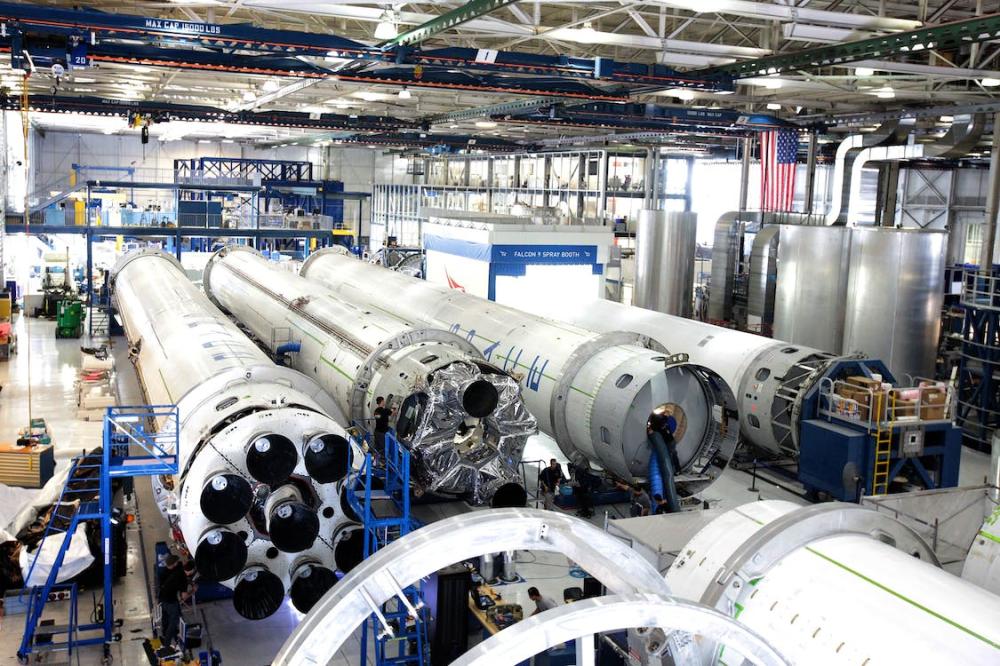The manufacturing industry is one of the most important industries in the world, and it's always changing. As manufacturing practices change, so do manufacturing requirements for employees. It can be difficult to keep up with these changes, but there are ways you can work faster without jeopardizing your quality of manufacturing. This article lists down some tips and tricks that will help you work faster!
Identify the bottlenecks in your business
One of the primary things that you need to do is to identify the bottlenecks in your manufacturing business. In this case, make sure to explore online resources for you to identify where you can find what you need to use to increase your manufacturing efficiency. This is where you will be able to find burn tables for sale in case you need them to ease the bottlenecks in one of your processes. You also need to analyze the manufacturing metrics that you have. This will allow you to identify where and what are some of the causes why your manufacturing process is slow. For instance, it may be because of a lack of resources (or equipment for sale) or too many errors in one stage on your manufacturing line.
Eliminate Bottlenecks
As soon as you identify the bottlenecks in your manufacturing process, you need to do something about it. If there's any equipment or resource shortage within one of your manufacturing processes that can be eliminated with a purchase, now would be a good time because this way, you're decreasing potential errors and making manufacturing faster. However, if the bottleneck is in one of your manufacturing processes that cannot be eliminated with a purchase (like more personnel), you may want to explore other options like improving efficiencies within this process or outsourcing it together. In this case, you can hire additional employees or invest in more equipment.
If there are too many errors happening at one point on your manufacturing line because they require manual intervention, then this will slow you down. However, there are ways to fix the manufacturing process and make it more efficient automatically so that humans don't need to do these tasks.
Use machine vision inspection methods in your production line if possible: get sensors or cameras for manufacturing equipment such as a conveyor belt or robotic arm on an assembly line. Get manufacturing software that takes the data from your machines and can show you if there have been any errors or inconsistencies in production. For example, this could be a warning system for when an engine is overheating on a manufacturing line that has automated processes running it.
Design workstations to minimize human error: get ergonomic manufacturing equipment and have the layout of workstations designed in a way that people can do their jobs without making errors. Automate tasks that are prone to human error: for example, if you're running a manufacturing line where there will be an assembly process with many components going through it, then automate this by getting robots or machines to do the assembly work instead of manufacturing staff. Put in manufacturing management software that will help you with scheduling, production efficiency, or even predictive analytics to anticipate problems before they happen and deal with them accordingly.
Focus on one task at a time
To increase productivity and decrease the number of mistakes made, make sure to focus on one manufacturing task at a time. This will help you work faster and avoid making mistakes because of multitasking while doing manufacturing tasks which can slow down production. Another key point in increasing productivity is taking regular, short breaks throughout the day. These should be timed so that they don't interrupt your manufacturing workflow.
Create a work schedule
You should also create a work schedule that will allow you to focus on what's most important for each day, week, and month. This will help you make manufacturing plans and prioritize tasks in order of priority. It'll also allow you to create a work schedule for your manufacturing staff so they know what hours, days, or weeks it is their turn to complete certain manufacturing tasks.
If you're manufacturing a product that is seasonal, like swimwear or snow gear, creating a manufacturing schedule will help you plan and order materials ahead of time to meet the demand. A manufacturing schedule can also be used as an inventory management tool if necessary. For example, let's say your company manufactures holiday decorations for retailers each year in November.
This means it's important to know how many orders are coming from customers so you'll have enough supplies on hand when needed. If there ends up being more requests than the supply available this season due to lack of planning or forecasting production needs correctly then those numbers need to be added into the manufacturing process strategy going forward next year because overproduction won't work well for either side of the business equation.
Stay organized
Finally, stay organized. In this case, you can create file folders for everything from invoices to customer records to manufacturing reports. This will keep your desk, and therefore your workflow, neat and clear for you to find what you need when needed.
-
Use a filing system
-
Create folders for different types of files
-
Label the folder with an easy to understand name so that everybody knows exactly what is inside it
Use these tips as well as others mentioned in this article on how manufacturing businesses can get more efficient at their jobs. The key is just being organized about everything!
Clear the path to success by identifying and eliminating bottlenecks in your business. A bottleneck is anything that slows down or clogs up progress for you, whether it’s an overwhelming workload, a demanding boss, or even just disorganized files on your computer. Eliminate these obstacles so that you can focus on one task at a time and stay organized with clear work schedules and good time management skills.
The good news is that by practicing these time management skills, you can eliminate the bottlenecks in your business. Once those are out of the way, focus on one task at a time and create an efficient work schedule for yourself. This will give you more peace of mind knowing that everything has been planned out ahead so there's no need to worry about forgetting anything important! All these are geared towards ensuring that you increase your manufacturing efficiency and generate greater revenue in the end.





